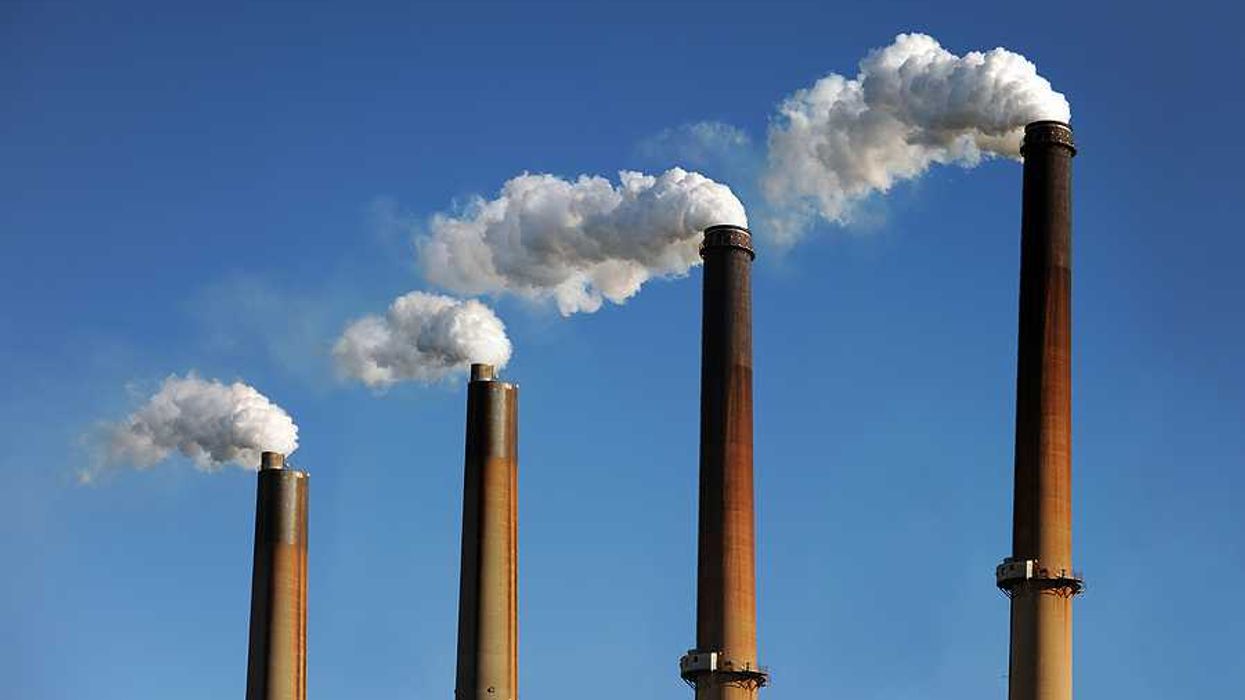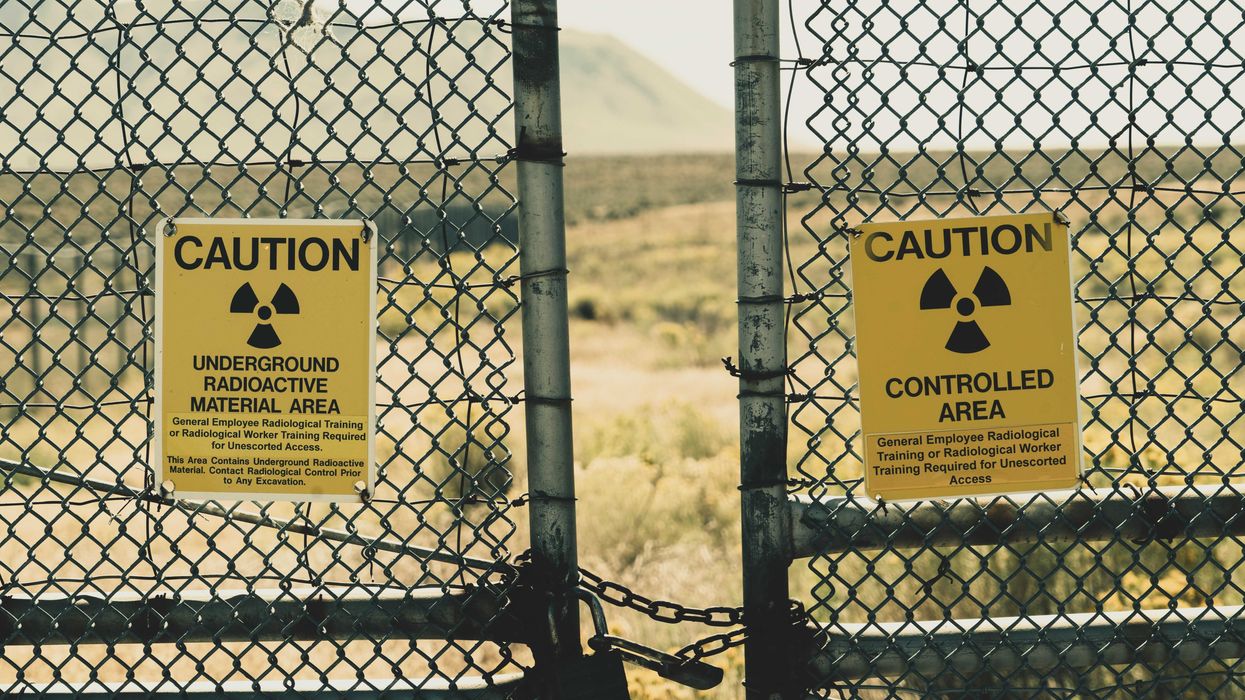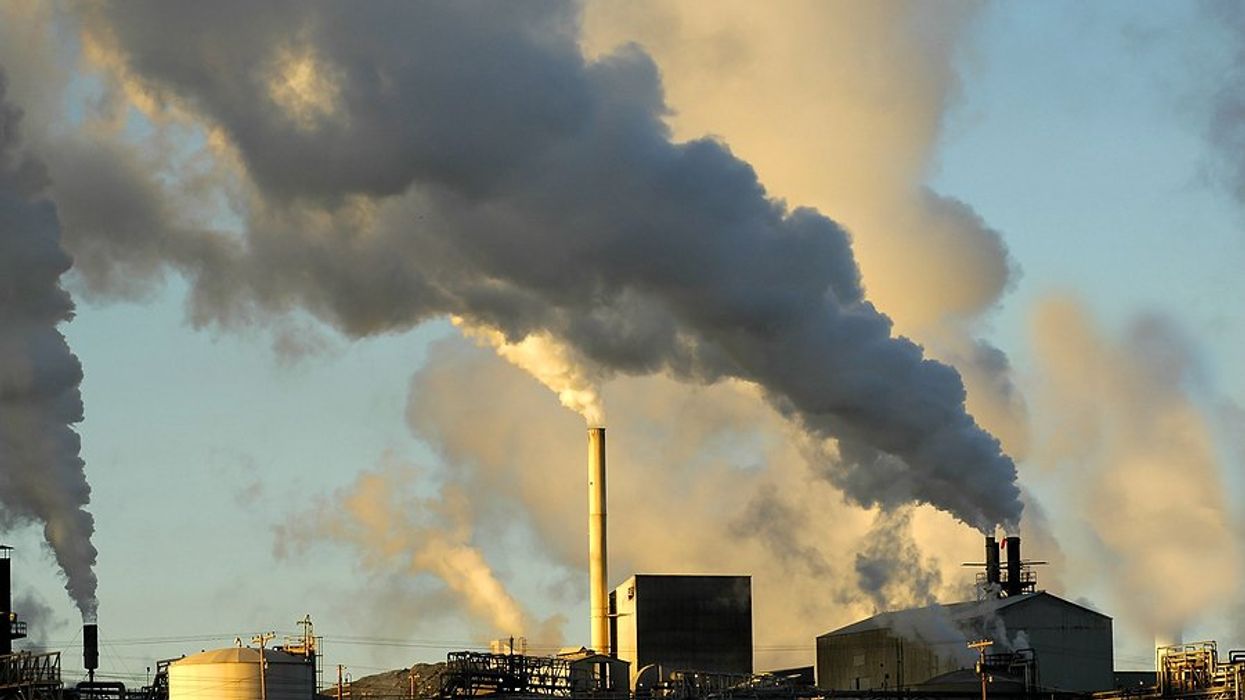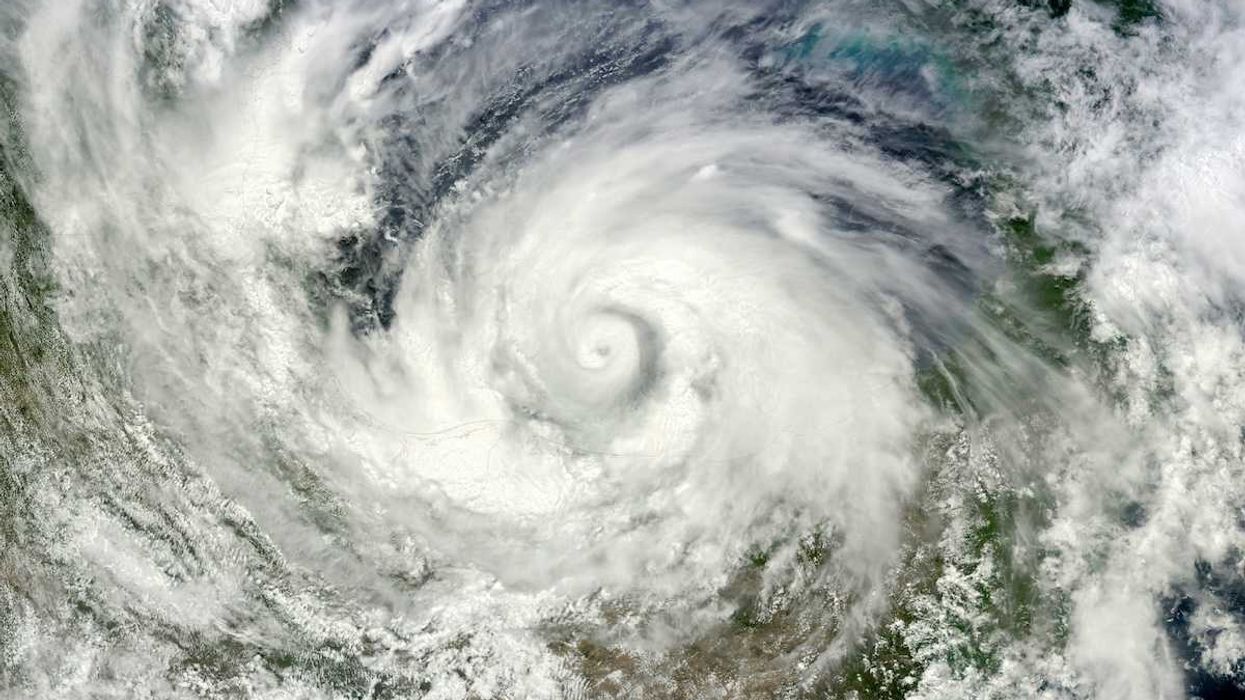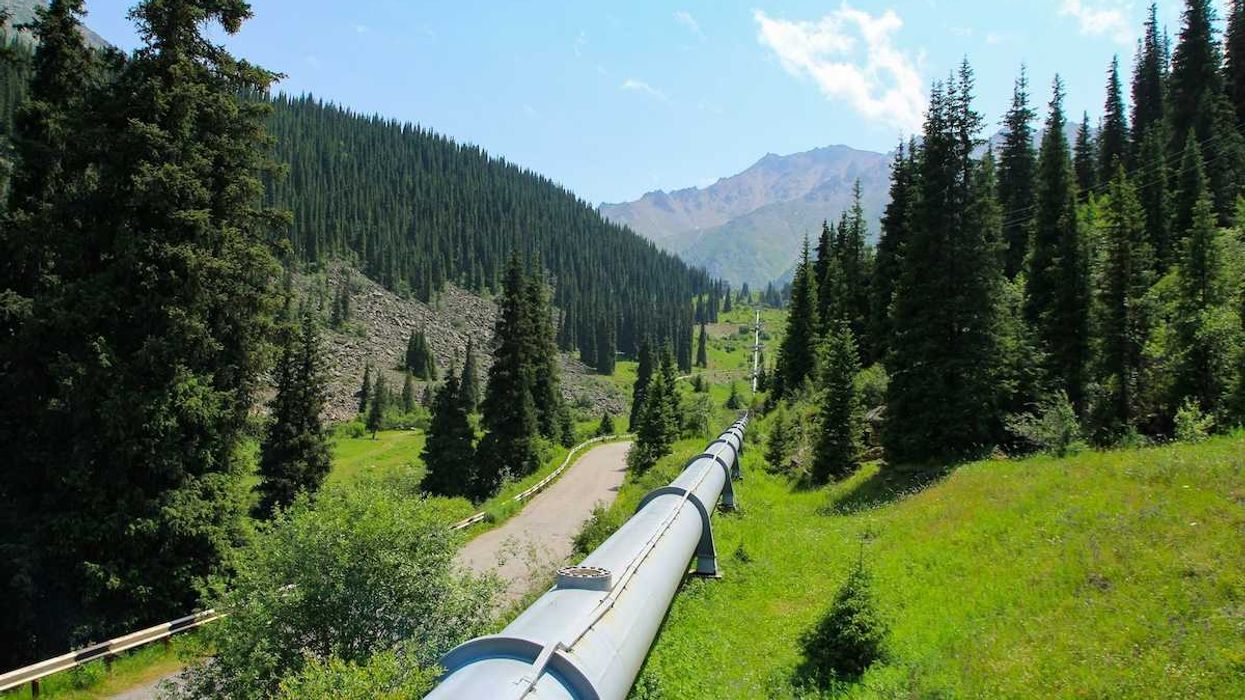Plans to decarbonize electricity grids in the U.S. West by 2050 face significant cost increases due to climate-driven impacts on water resources, a study warns.
Sharon Udasin reports for The Hill.
In short:
- Water scarcity from climate change may reduce hydropower output by up to 23% by 2050, while electricity demand could rise 2% annually.
- Western states might need up to $150 billion in new transmission and generation capacity, including 13 gigawatts of transmission and 139 gigawatts of generation.
- The study calls for diverse renewable energy investments, better adaptation strategies and flexibility in grid planning to address vulnerabilities.
Key quote:
“Grid planning that ignores climate projections and water linkages underestimates the capacity and investment needed to achieve decarbonization and maintain grid reliability.”
— Study authors
Why this matters:
The interdependence of water and energy underpins the feasibility of decarbonization goals. Climate-driven reductions in water availability threaten hydropower reliability, a major clean energy source in the West, while higher energy demands strain infrastructure. Proactive planning can prevent costly setbacks and ensure progress toward a sustainable energy future.
Read more: Droughts hit 48 US states, straining resources and crops


